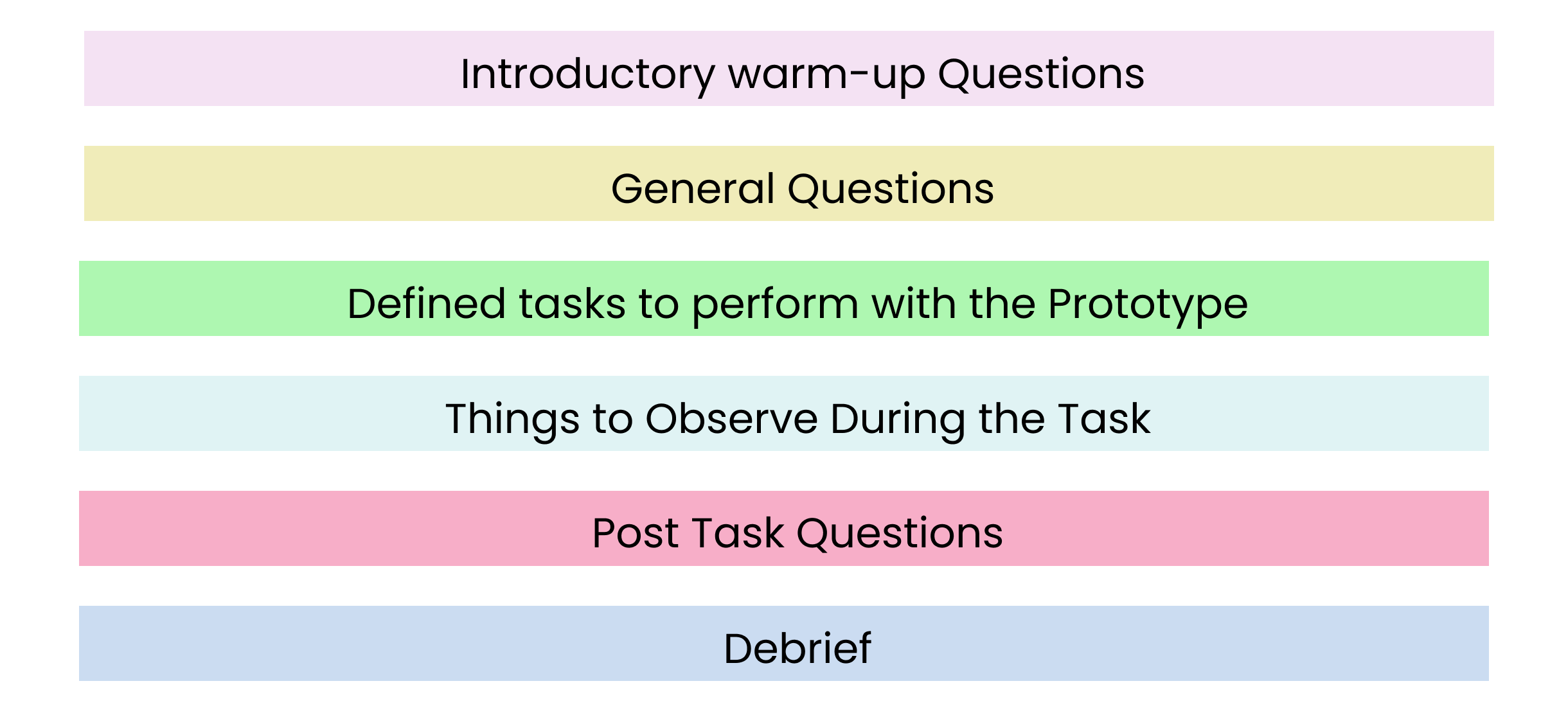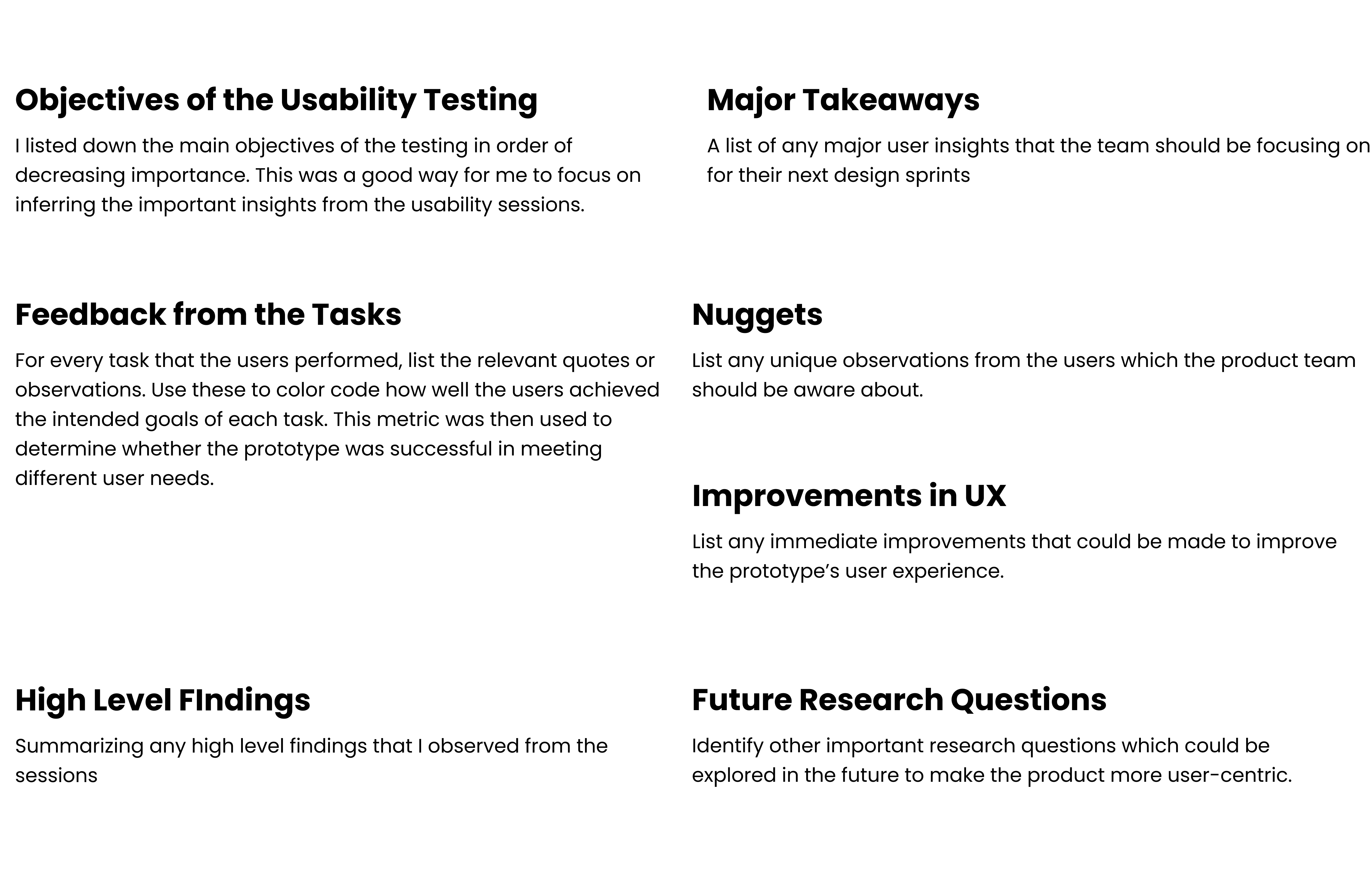Verily Life Sciences
Background
It is estimated that approximately 22 million Americans suffer from obstructive sleep apnea(OSA), with almost 80 percent of the cases of moderate and severe sleep apnea undiagnosed. This past summer, I interned as a user researcher at Verily Life Sciences on designing a care pathway to identify, diagnose, treat and manage individuals with sleep apnea.
Overview of My Work
Over the course of the internship, I achieved the following:
- Conducted two usability sessions with users to recommend design decisions to the product team
- Conducted a series of rapid in-house tests to get user feedback on the efficacy of high-level product design directions
- Conducted literature review on other end-to-end healthcare services, which in turn influenced several product decisions
- Managed a clinical study with 25 participants while coordinating with the engineering, clinical operations and user success teams
My Design Research Process
Usability Sessions
I created a discussion guide which had the following structure:

Introductory questions. These were meant to establish a rapport with the user and set a good starting point to ask more detailed questions about their experience with sleep apnea, e.g. How are you? How has your day been?
General questions about the user’s experience with managing OSA in the past, e.g. Tell me about OSA, when were you diagnosed with it, how has your experience been with dealing with it?
Defined tasks that the participant has to perform with the prototype. Before every task, the user was presented with a scenario that described the task and how they were expected to interact with the prototype. Each task had a set of goals for the user to achieve, which the interiewer would track.
Things to Observe During the Task These were a series of observations which the interviewer was tracking when the users were performing the tasks. The observations would help the design team to determine whether their assumptions on how users would interact with the different features in the prototype were accurate.
Post Task Questions A series of open-ended questions which allowed the interviewer to get detailed feedback from the users on each task that they performed with the prototype.
Debrief After the user had performed all the tasks, the interviewer asked them a series of general questions about the session and the prototype to get their general feedback.
Analysis Plan
After reviewing the raw notes from the usability sessions, I analysed the findings as follows:

The Outcome
The user research that I conducted over the course of my internship informed several key changes that were made to the product.These changes were well received by the users during our user studies, and they will hopefully help in engaging the product users.
